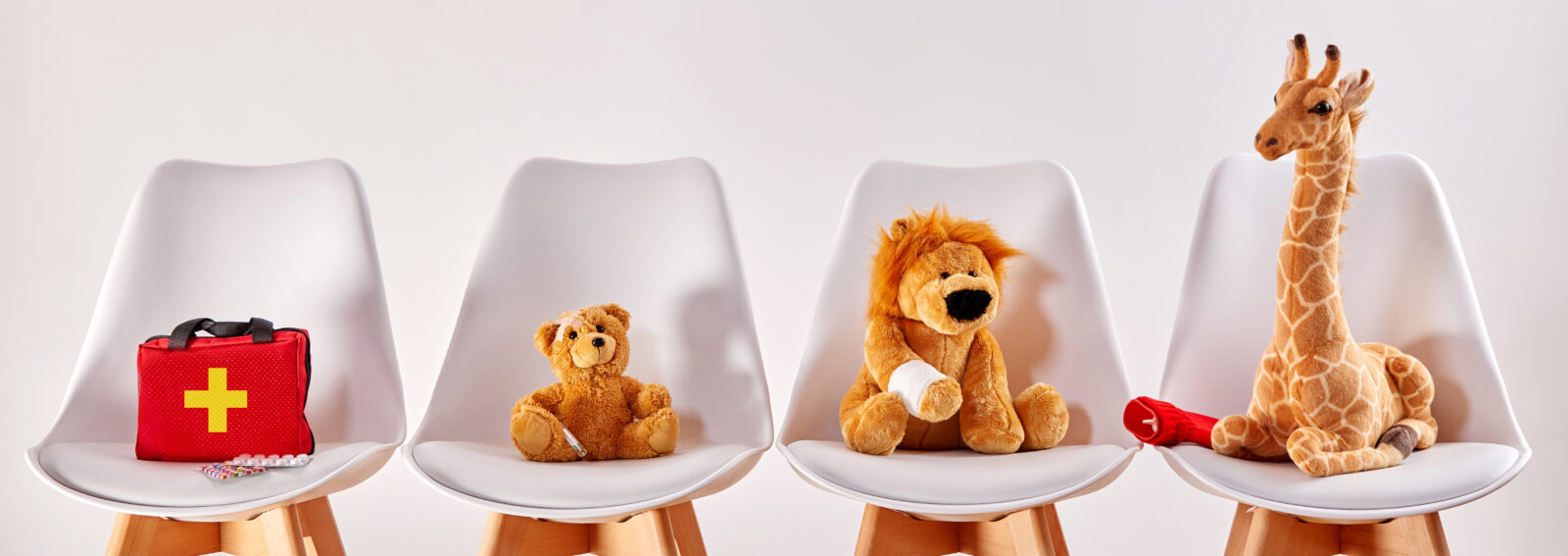By: Donna Demerjian
The mental health crisis affecting our youth is not new. Even before the staggering impact COVID-19 had on our youth, researchers estimated that up to one in five children in the U.S. has experienced mental, emotional, developmental, or behavioral disorders. Between 2007 and 2018, suicide rates among youth ages 10-24 rose by 57%. The confinement measures and reduced access to mental health support associated with the pandemic resulted in unprecedented impacts on the mental health of America’s youth and families.
We all have likely known a child or adolescent experiencing behavioral health challenges. We understand how painful this can be for the child and their family. We have heard the frustrating accounts from parents trying to find behavioral health services for their child, only to have them placed on lengthy wait lists or told there are no available beds.
We need to better ensure accessible, affordable, comprehensive behavioral health services for our youth. Are we heading in the right direction? My recent experience at two national healthcare design symposiums made me more optimistic. These conferences always provide an opportunity to learn about the latest research and strategies in healthcare design, but the conferences this year were different. They offered more presentations on the design of pediatric behavioral health facilities than we have seen in past years.
I could feel the enthusiasm and excitement in the presentations I attended. Attendees packed into these rooms for an opportunity to listen to architects, interior designers, and leaders in healthcare operations from across the nation discuss the latest trends in facility design and operations and proudly share their state-of-the-art facilities.
As I listened to the various presentations, some common themes emerged, all of which were encouraging:
- A Continuum of Care – Although there is a national shortage of inpatient pediatric psychiatric beds, simply building more beds is not the answer. New models must include a continuum of services to reduce lengthy hospitalizations.
- Emergency Department Patient Flow – Innovative and effective alternatives to the lengthy emergency department (ED) stays are being developed. Admitting youth experiencing a mental health crisis to EDs for days at a time is not a plausible solution.
- Multidisciplinary Care Models – Units are being designed to accommodate patients needing concurrent inpatient medical and psychiatric care services. These models provide both levels of care in a patient-centered setting.
- Furniture, Equipment, and Technology – Innovations in design and technology provide patients with options and choices. Patients can change the color of the lighting in their room and decide how they want their furniture arranged. Patients have more options available in community areas of the space, selecting from areas that facilitate social interaction and those that provide more privacy.
- Patient and Staff Safety – Innovations in safety products (furniture, ligature-resistant fixtures, etc.) prioritize staff and patient safety while maintaining patient dignity.
- Clinical Feedback – Those responsible for designing new facilities are seeking the feedback of clinicians, patients, and family members of those affected by mental illness to inform design and program decisions.
Partaking in the standing-room-only sessions at these symposiums has made me feel hopeful. Those tasked with designing, building, and activating these facilities view this crisis as a call to action, responding with creative and evidence-based solutions. The enthusiasm towards addressing this crisis is encouraging. Although we are not over the finish line yet it feels like we are heading in the right direction.

